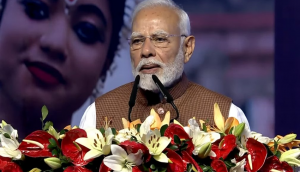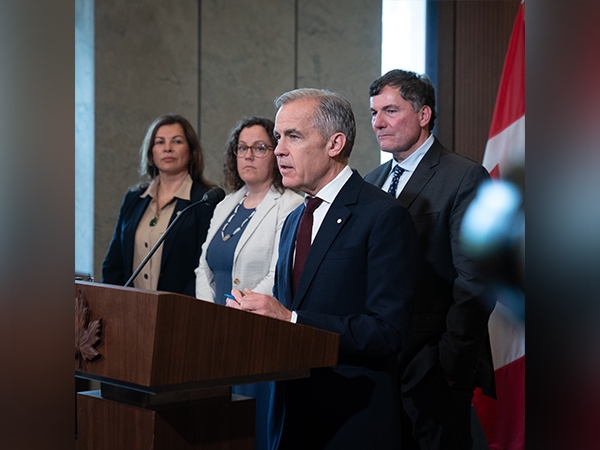As dal prices begin to fall, govt must ensure farmers don't suffer

The NDA government at the Centre paid through the nose for the high prices of dal across the country in the Bihar elections of 2015. Opposition parties attacked the government with the slogan 'Arhar Modi' to stress upon the unprecedented rise in the price of arhar dal, which was selling for Rs 200 per kilogram.
But finally, with a good monsoon and increased sowing by farmers, prices have begun to fall - in some cases by as much as Rs 40 per kg. The wholesale price for tur dal has fallen by Rs 30 to Rs 90 per kg.
Good production in the Marathwada region has had a major impact on the prices. Maharashtra is a major pulses-producing state, and the rainfall in the months of July and August helped farmers increase the sowing area for pulses.
According to the Maharashtra agriculture department, the sowing of tur dal has increased by 123% in 2016, while that of moong and urad dal increased by 115% and 124% respectively.
Overall, dal acreage has gone up to 110.08 lakh hectares across the country from 99.14 lakh hectares last year.
Why farmers have increased acreage
Farmers are putting more area under this crop in view of a sharp rise in retail prices, which have gone up to Rs 150 per kg.
The increased sowing has forced the traders to liquidate their stocks in the market, leading to a sudden crash in prices.
Negative impact on farmers
While the fall in the price of pulses is a good thing from a consumers' perspective, a drastic fall in the price of moong dal threatens the incomes of many farmers.
Due to increased production, the price of moong dal in the market has dropped below the minimum support price set by the government.
The volatility in dal prices over the years had dissuaded farmers from sowing pulses. They had started preferring sugarcane, to yield better returns.
In case the government fails to control the fall in the prices of pulses, it is quite possible that next year, there would be another crisis in the pulses market.
Govt in action
It is important for the government to ensure that a sudden crash in prices for pulses does not harm farmers. Keeping this in mind, the government on Thursday, 9 September, directed the three procurement agencies - NAFED, SFAC and FCI - to buy all the three pulses - tur, urad and moong - directly from farmers in all producing states, in order to create buffer stock to supply lentils at cheaper rates.
Edited by Shreyas Sharma
More in Catch
Surge in prices of pulses, potatoes and tomatoes in the wake of severe drought situation
Indians ate 4 million tonnes more dal than we produced last year
The Big Dal Soup: why Maha govt can't sell the pulses it's seized
First published: 10 September 2016, 19:17 IST





![BJP's Kapil Mishra recreates Shankar Mahadevan’s ‘Breathless’ song to highlight Delhi pollution [WATCH] BJP's Kapil Mishra recreates Shankar Mahadevan’s ‘Breathless’ song to highlight Delhi pollution [WATCH]](https://images.catchnews.com/upload/2022/11/03/kapil-mishra_240884_300x172.png)

![Anupam Kher shares pictures of his toned body on 67th birthday [MUST SEE] Anupam Kher shares pictures of his toned body on 67th birthday [MUST SEE]](https://images.catchnews.com/upload/2022/03/07/Anupam_kher_231145_300x172.jpg)






